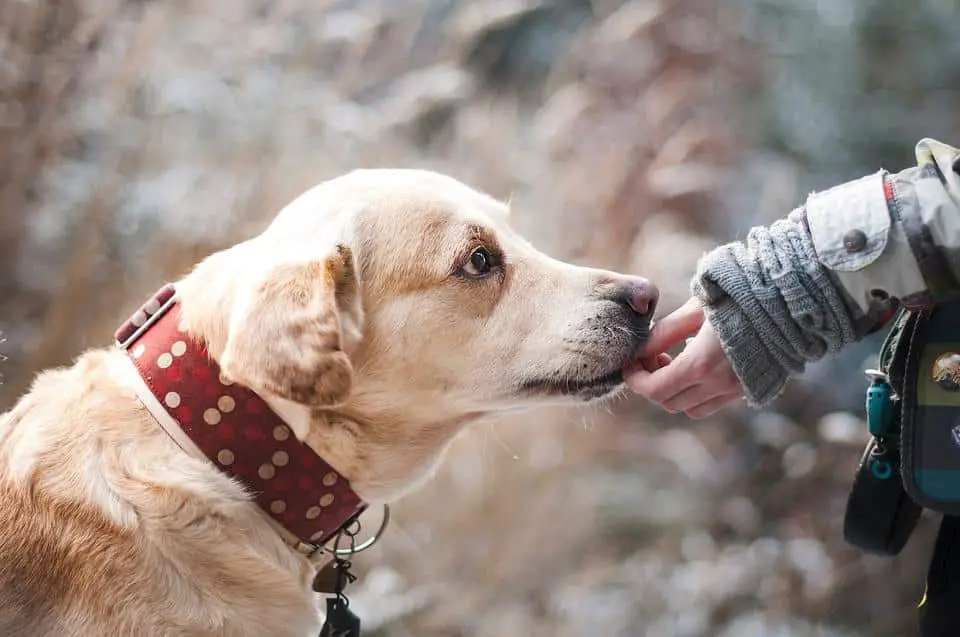
Teaching kids to be kind to animals is a part of the education that little ones receive at home in the first place. Children don’t harm animals on purpose, but because they don’t know how to act around them, they might pet them too harshly or put them in distress without even acknowledging it. There are many cases in which children themselves get hurt due to their manner of acting around animals. Unfortunately, these cases only end up in the animal being punished for its behavior, even though the problem begins with the child’s actions. Animals often end up as victims of poor circumstances and the only solution is to teach your child everything he needs to know about pets and how they deserve to be treated. This short article will give you tips and tricks on how to do it, along with some extra pieces of advice that will come in handy in the process. Here’s the list:
Always supervise
The beginning of this journey is represented by supervising. As all parents may know, children can’t be alone with pets at an early age because of the unexpected reactions that both the animals and the kids can have. Always be present when your child finds himself around children. While you are observing, give your kid advice regarding how he should behave when he is near the pet. Explain the differences between human and animal behaviors. Pets won’t take calculated decisions the way humans do, so you need to make your little one understand that his reactions are more unexpected, especially when his actions are sudden and energic.
Teach your child how to pet a furry friend by exemplifying the ideal way to do it. When you are going to the zoo, mention the differences between domestic animals and wild animals. Don’t give your child the impression that all animals can be petted or approached closely. Remember that children can’t memorize everything that you are saying after one session only. You will have to teach and repeat the same things over and over again until your kids actually assimilate what you are trying to say. Supervising is not required only once – it is required until your child grows older and knows exactly how to behave around animals. Until then, your presence around him is mandatory.
Observing without touching
Children don’t necessarily have to interact with pets and animals the first time they encounter them. The observing period is even more important than interacting because children will get to notice how animals behave. Noticing each of their actions and learning how to read the signs is the first step towards interacting with animals. Teach your child what every sign means and explain body language in animals to help them recognize when pets are happy, scared or angry. These little details during the observing phase will help children know how to act around animals. Noticing when you should keep a distance between you and a scared animal is essential to avoid getting hurt or to put the animal in distress. When they are ready and they start noticing the signals on a regular basis, you can give them the green card for touching pets and other animals too. A good tip for the observing phase would be to visit farms or zoos, where – in most cases – children are not allowed to interact with the animals. By now, your children should know that domestic animals depend on humans to live. Owning one involves responsibilities that can be difficult to handle at first, especially at a young age.

Teach interpersonal values
Interpersonal values apply to animals too, so if your child knows enough things about kindness and respect, he should learn how to show the same values to pets as well. Children who don’t know how to behave in society and who were exposed to inappropriate behaviors might not know how to act around animals either. Children need to acknowledge the fact that animals have feelings, just the way humans do – they feel pain and joy, they get scared or confident and so on. By projecting the interpersonal value system that they learn at home and in school, children will act accordingly around animals. If they don’t understand what compassion is, how kindness and love are expressed, what respect mans and so on, they might not know how to behave when they are faced with an animal. The easiest way to advise your children in this sense would be to recommend them to treat animals just the way they would treat a friend. Of course, in order to make this work, you must first make sure that your kid has a well-established value system that respects ethic and morals.
Not all pets are the same
Keep in mind that not all pets behave the same. Generalizing has no place in this situation because no dog or cat is the same. They might look similar, but they have different personality traits, just as humans do. Moreover, it also depends on the breed of the animal and how it has been raised by its owner. Even though your child may not be afraid by dogs and may know how to approach one, not all dogs fall in the same category. Unfortunate events happen all the time because children approach dogs or other animals that behave differently than expected, thus getting the little ones hurt.
Personal injury lawyers mentioned how many cases derived from inappropriate behavior around animals. As a parent, you should take into account that you can hire a lawyer that works with no win no fee claims, which means you won’t have to pay for the services unless your case is successful. It’s best to be prepared for anything that may result from a child-animal interaction rather than having regrets afterward. Provide your children with as much information as required about the animals they interact with. This way, they can get to know them and understand their needs better.
